
Air fryers have revolutionized home cooking, promising crispy, delicious food with less oil. But even with these nifty gadgets, mistakes happen. We'll explore seven common air fryer mistakes and, more importantly, how to avoid them so you can air fry like a pro in no time.
Air fryers are here to stay. Industry estimates suggest over 36% of American households own an air fryer, meaning many people could be making these common mistakes. But don't worry, we'll tackle these mistakes head-on to avoid potential risks and hazards!
7 Common Air Fryer Mistakes - Don't Do This!
1. Use Air Fryer close to a wall
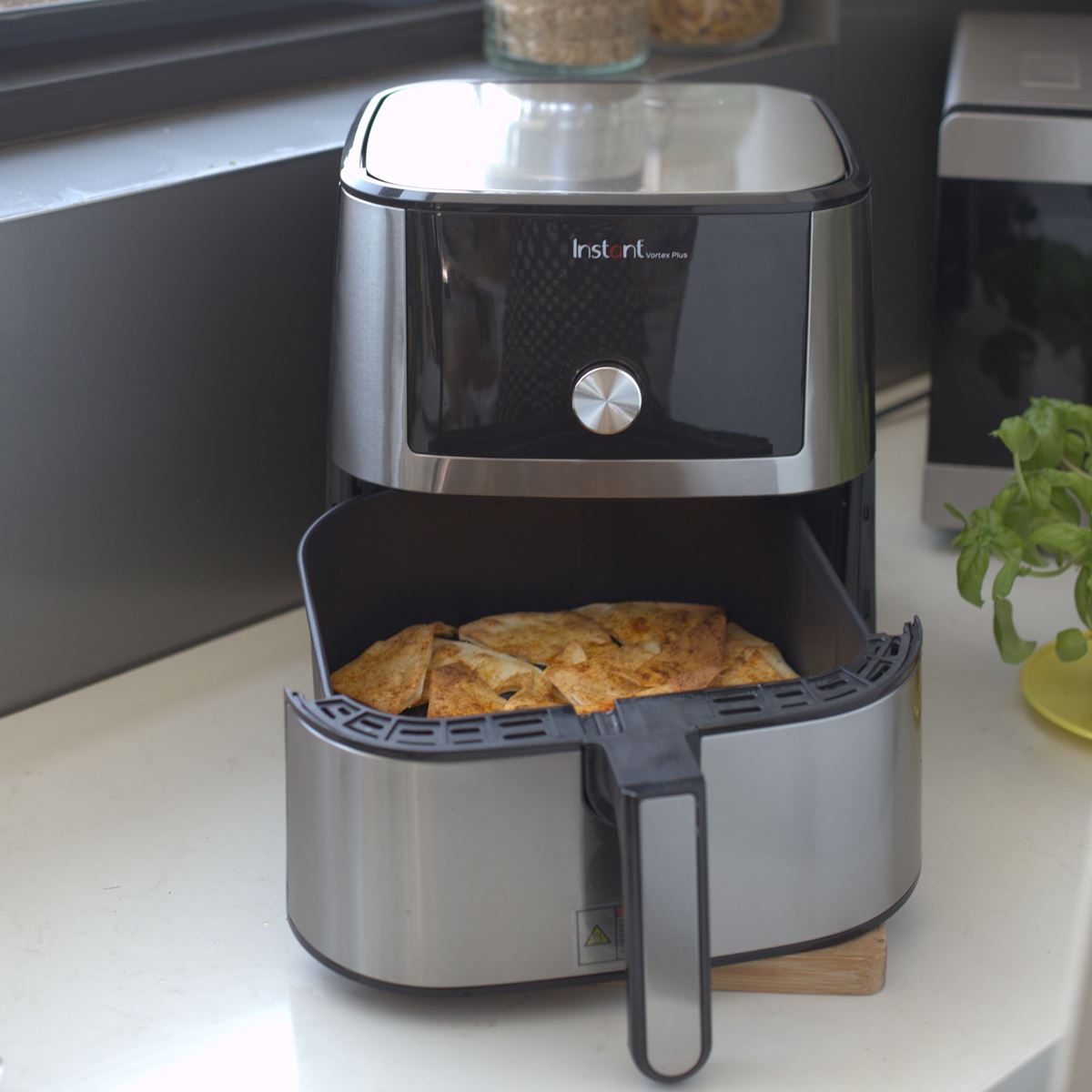
Placing your air fryer too close to a wall is a common mistake that can lead to several issues. Air fryers generate intense heat during cooking, and if positioned near a wall, this heat can become trapped, causing the air fryer to overheat and obstruct proper air flow.
Overheating not only affects the air fryer’s performance but also poses a risk of damage to nearby surfaces, including discoloration or even scorch marks on the wall.
Moreover, inadequate ventilation around the air fryer can hinder its cooling process, potentially shortening its lifespan. Proper air flow is crucial to prevent overheating and ensure even cooking.
To prevent these problems, always ensure there’s ample space around the air fryer for proper airflow and heat dissipation. This simple precaution can help maintain both the efficiency of your air fryer and the integrity of your kitchen walls and surfaces.
Related: Where to Place Air Fryer in Kitchen
2. Skipping the Preheating Step
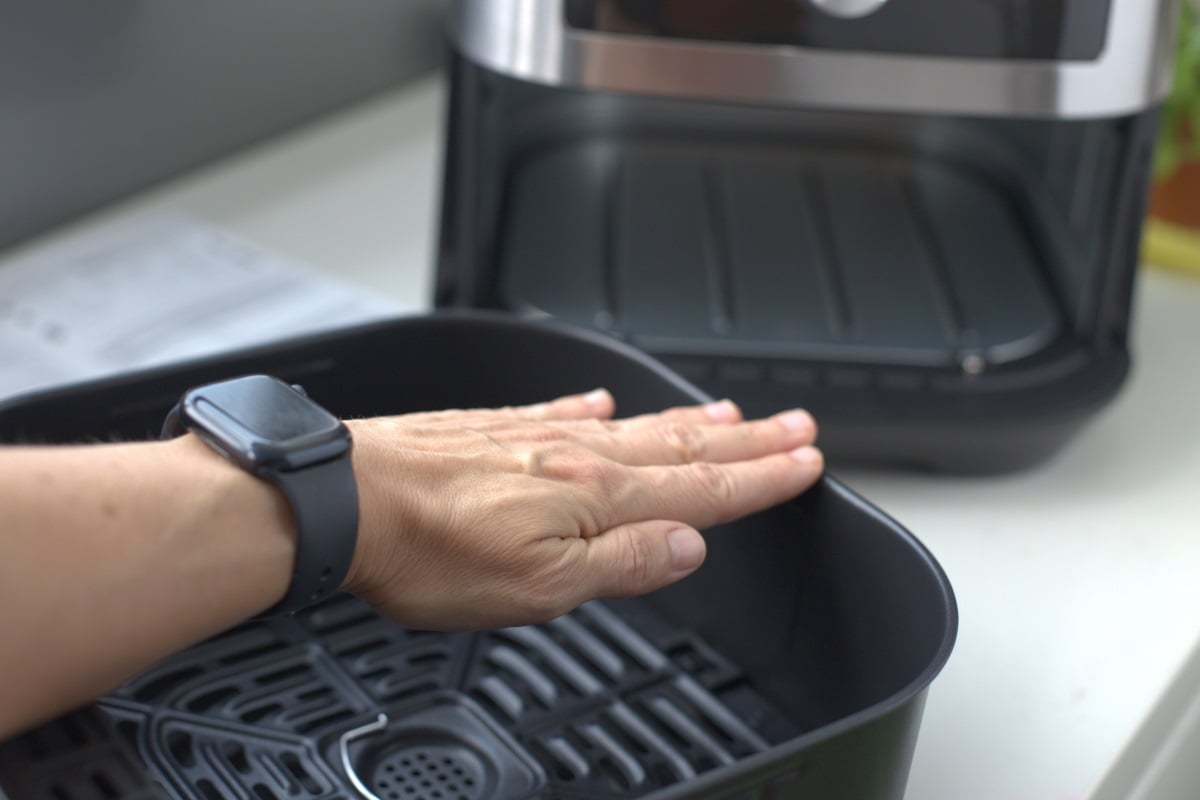
You're hungry and want your food now, so you skip preheating. This is a rookie mistake. It's like baking cookies in a cold oven - it just won't work.
Preheating your air fryer sets the stage for crispy, evenly cooked food. It's not just about temperature; it's about creating the perfect cooking environment.
Skipping preheating leads to:
- Unevenly cooked food.
- Longer cooking times.
- Soggy results.
To avoid this, turn on your air fryer and let it preheat for 3-5 minutes before adding your food. It's a small step that makes a big difference in how your food cooks.
3. Overcrowding the Basket
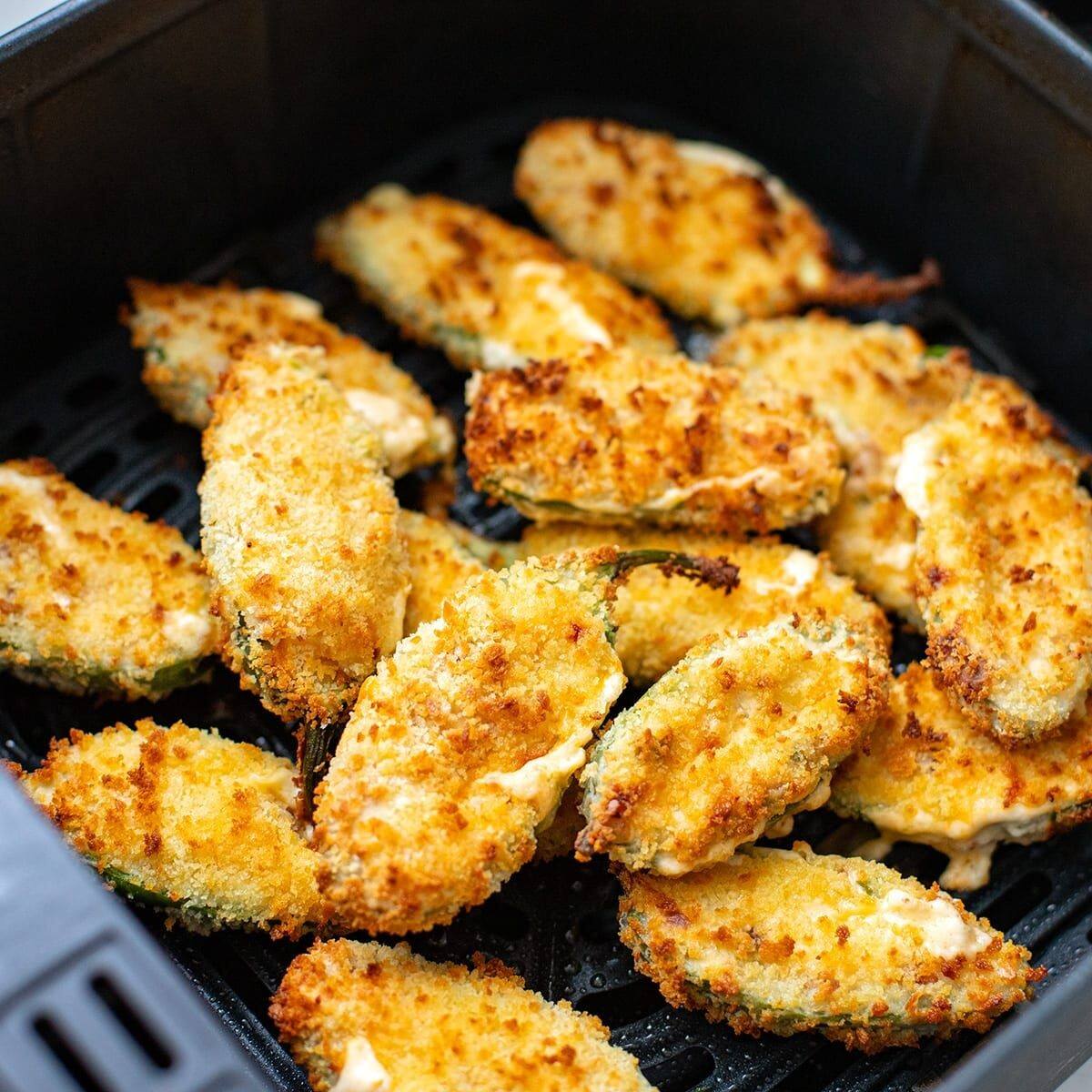
We’ve all been there - wanting to cook a big batch of french fries or chicken nuggets, so we cram as much as possible into the air fryer basket. Big mistake.
Air fryers work by circulating hot air around your food. Overcrowding the basket blocks this airflow, resulting in unevenly cooked, potentially soggy food.
Here’s a simple rule: leave space between each piece of food. If cooking fries, don’t pile them up. Spread them out in a single layer for optimal crispiness, even if it means cooking in batches. Just like with a frying pan, overcrowding can lead to uneven cooking and less-than-ideal results.
4. Not Using Enough Oil (Or Using Too Much)
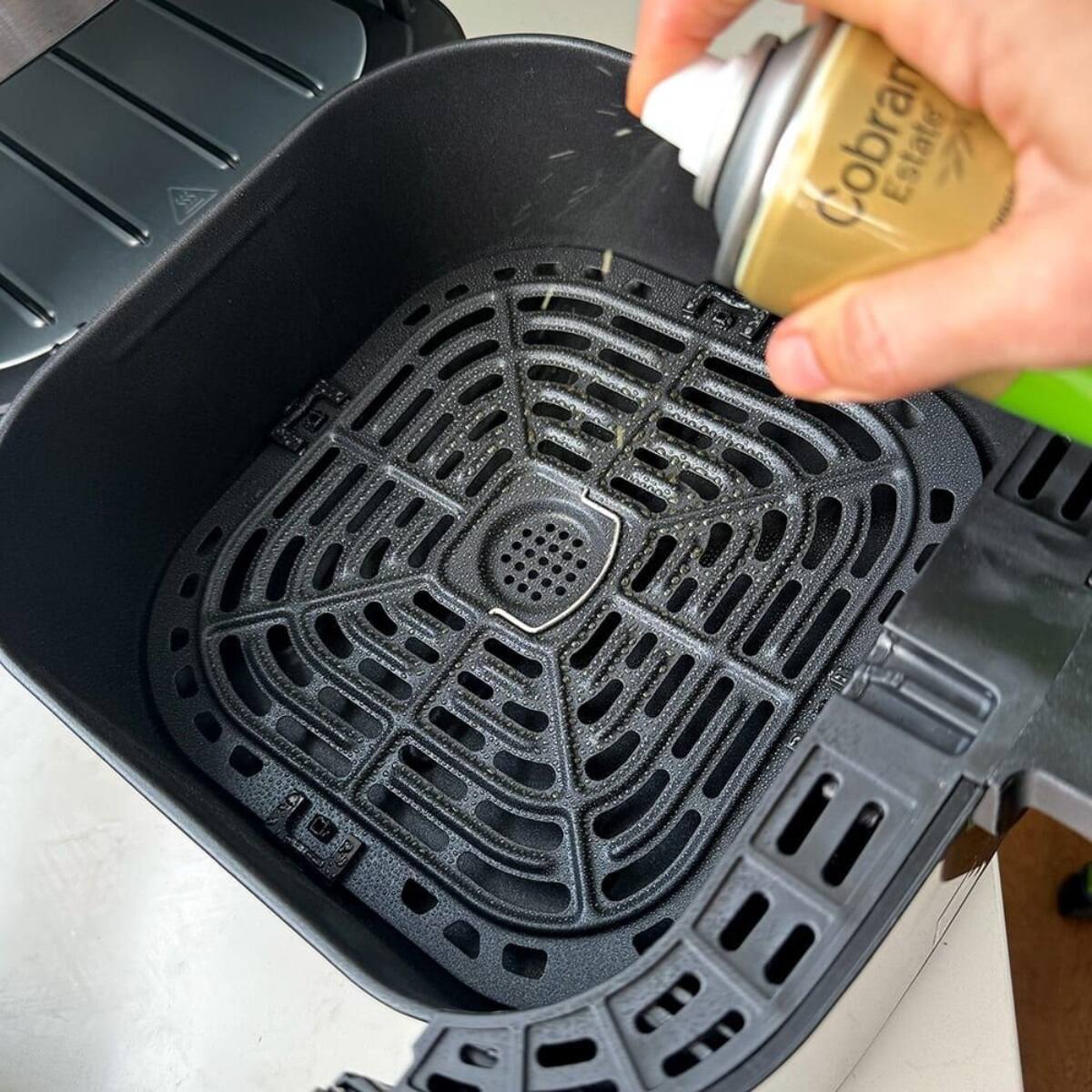
Air fryers are great for cooking foods with less oil, but not no oil. Managing moisture and fat content is crucial to avoid splattering, smoking, and unpleasant odors. A light coating of oil helps your food crisp up. Conversely, using too much oil leads to greasy, soggy results.
So, what’s the right amount? For most foods, a light spritz of oil is sufficient. An oil mister provides even coverage. If you’re cooking fatty foods, like chicken wings, you might not need any oil.
Here’s a handy table as a guide:
| Food: | Amount of Oil: |
| French Fries | ½ teaspoon per serving |
| Chicken Wings | None to ¼ teaspoon per serving |
| Vegetables | ½ to 1 teaspoon per serving |
Remember, these are just guidelines. Adjust based on your specific air fryer and what you’re cooking.
Using the Wrong Oil
Not all oils are equal, especially for air frying. Using the wrong oil can lead to unpleasant flavors or even a smoky kitchen.
The key is to use oils with a high smoke point. These oils withstand high temperatures without breaking down. Some good options include:
- Avocado oil.
- Grapeseed oil.
- Peanut oil.
- Light olive oil (not extra virgin).
Avoid oils with low smoke points like extra virgin olive oil or flaxseed oil, as these can start to smoke at temperatures as low as 325°F, well below the cooking temperature of most air fryer recipes.
See this chart: Air Fryer Cooking Chart [Free Printable]
5. Using Regular Oven Recipe Times in Your Air Fryer
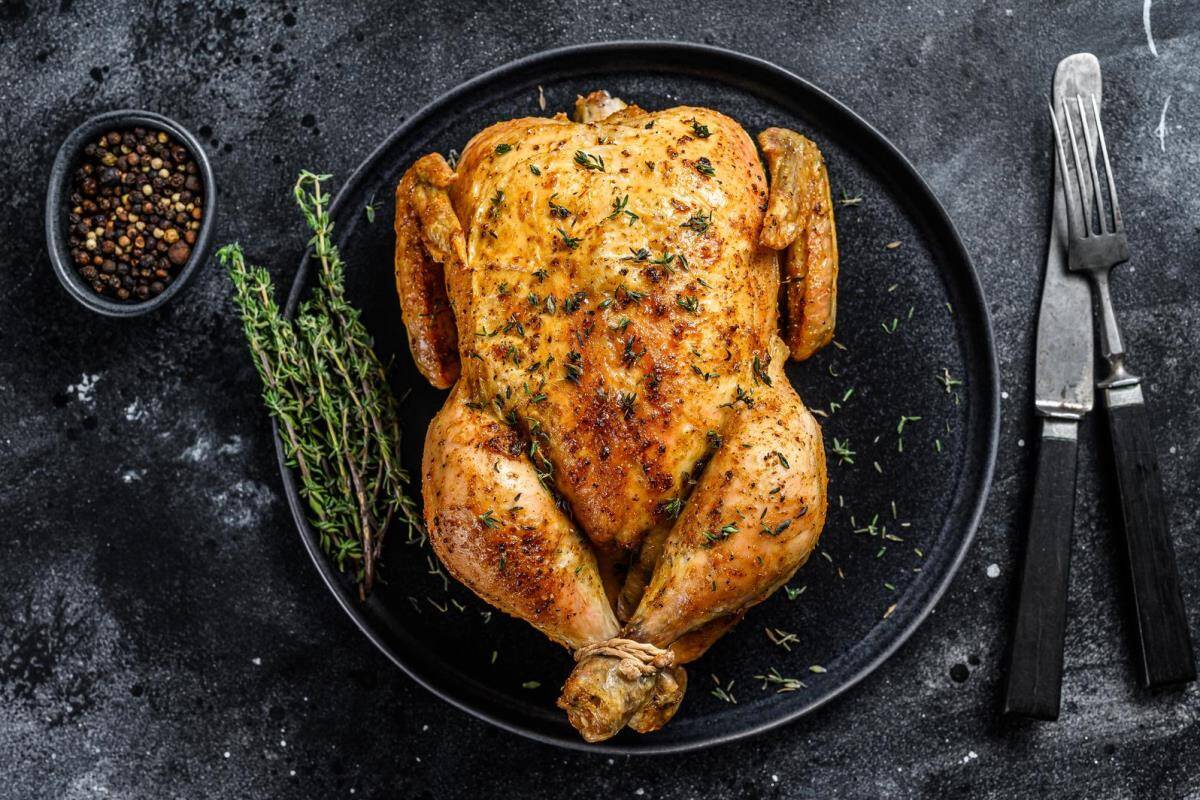
One common pitfall many encounter when transitioning from a conventional oven to an air fryer is relying on the cooking times specified in traditional oven recipes.
Most air fryers, with their small basket size, removable airflow tray, and non-stick coating, use rapid hot air circulation to cook food swiftly and evenly.
This cooking method typically results in faster cooking times compared to conventional ovens. One of the biggest air fryer mistakes is failing to adjust the cooking times accordingly, and this can lead to overcooked or even burnt food.
To avoid this mistake, it’s crucial to understand the efficiency of your air fryer. Start by reducing the cooking time by about 20% compared to what the recipe suggests for a conventional oven.
Monitor the cooking process closely, especially during the first few uses, to gauge the optimal cooking time for different types of dishes.
By doing so, you’ll ensure that your meals are perfectly cooked without any risk of overcooking or burning. Adjusting to the air fryer’s faster cooking pace will ultimately reward you with even-cooked meals that are not only tasty, but you will not want to cook any other way!
Also read: Air Fryer Hacks: Genius Ways to Use Your Air Fryer
6. Not Cleaning Your Air Fryer Properly

After enjoying a delicious meal, cleaning is probably the last thing you want to do. But neglecting to clean your air fryer properly is a mistake.
Food debris and oil build up over time, affecting your air fryer's performance and potentially causing smoke or unpleasant odors. Plus, it's just not hygienic.
Follow this simple cleaning routine after each use:
- Unplug the Air Fryer: Before cleaning, always unplug the air fryer to avoid any electrical hazards.
- Wait for Cooling: Allow the air fryer to cool down completely before cleaning to prevent any steam or water from evaporating into the internal components.
- Use Damp Cloth or Sponge: Instead of submerging the entire air fryer in water, wipe the interior and exterior surfaces with a damp cloth or sponge.
- Avoid Excess Water: Be cautious not to use excessive water or liquid cleaning agents that could drip into the air fryer through the vent or basket slots.
- Dry Thoroughly: After cleaning, use a dry cloth to wipe down all surfaces, including the basket, tray, and interior. Ensure there's no moisture left inside the cooking chamber or on the heating element.
- Air Dry Completely: For thorough drying, you can leave the air fryer open and unplugged for a while to let any residual moisture evaporate.
- Reassemble Carefully: Once everything is dry, reassemble the air fryer components carefully and securely before storing or using them again.
For a deeper clean, soak the removable parts in hot, soapy water for about 30 minutes before washing. Check your air fryer's manual for specific cleaning instructions.
IMPORTANT NOTE: When cleaning an air fryer, it's crucial to avoid getting water or any liquids into the heating element or other electrical components. Even though air fryer baskets and trays are typically dishwasher safe or easy to clean with water and soap, excess moisture inside the appliance can cause serious problems.
Also read: Do Restaurants Use Air Fryers? The Surprising Truth Revealed
7. Not Experimenting with Different Foods
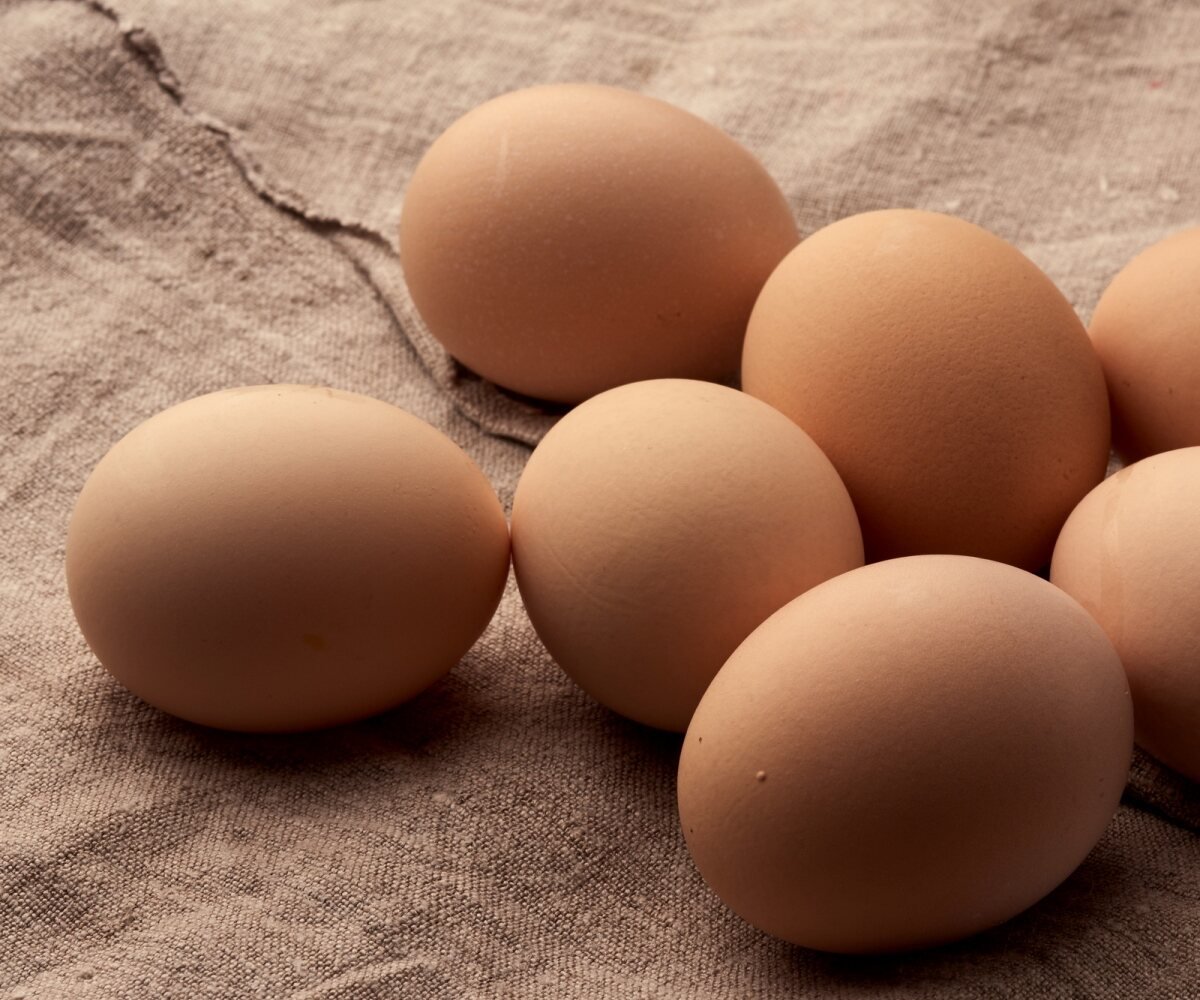
The last air fryer mistakes might surprise you. It’s not about technique, but mindset.
Many people think air fryers are just for frozen foods or reheating leftovers. While they excel at these tasks, limiting yourself is a mistake.
Air fryers are incredibly versatile kitchen appliances. You can use them to cook everything from vegetables to desserts. Understanding the specific features and nuances of a new air fryer is crucial to achieving the best cooking results and avoiding common pitfalls.
Here are some unexpected foods you can cook in your air fryer:
- Hard-boiled eggs.
- Homemade potato chips.
- Roasted nuts.
- Crispy chickpeas.
- Grilled cheese sandwiches.
Don’t be afraid to experiment. Try adapting your favorite oven recipes for the air fryer. You might be surprised at the results.
FAQ's
While air fryers are versatile, some foods should be avoided, including wet batters, leafy greens like kale chips, whole roasts, cheese, and raw grains. These foods either don’t cook well in an air fryer or can create a mess. Foods with wet batters are better suited for a deep fat fryer, which can properly cook and crisp them up.
One of the most common air fryer problems is uneven cooking. This often happens when the basket is overcrowded, or the food isn't flipped during cooking. Regularly shaking or flipping your food can help ensure even cooking.
Avoid using oils with low smoke points in your air fryer. These include extra virgin olive oil, flaxseed oil, and walnut oil. These oils can break down at high temperatures, leading to smoke and unpleasant flavors.
Conclusion
Air fryers are amazing kitchen tools, but like any appliance, they take some know-how to use effectively. By avoiding these seven common air fryer mistakes, you'll be well on your way to air frying success.
Remember to preheat, avoid overcrowding the air fryer basket, use the right amount of oil, check your food during cooking, use high smoke point oils, clean your air fryer regularly, and don't be afraid to experiment with different foods and air fryer recipes. With these tips, you'll make delicious, crispy meals in no time.
Air frying is all about convenience and healthier cooking. Don't let these common mistakes hold you back from enjoying your air fryer's benefits. Happy air frying!


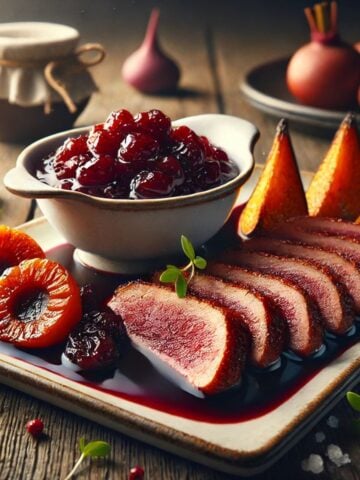
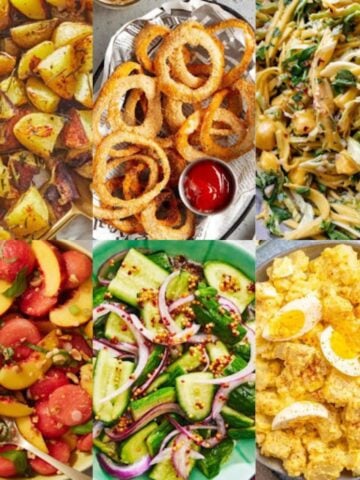
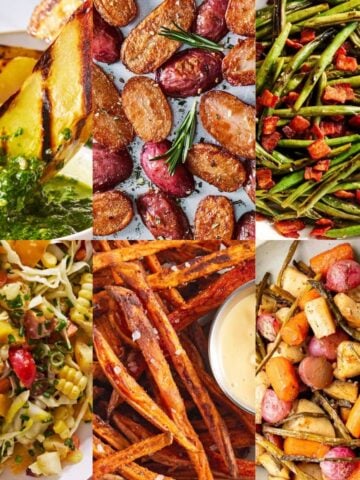



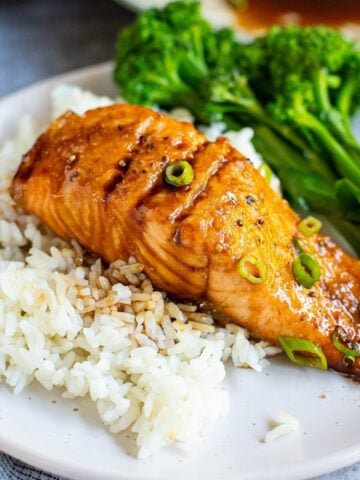
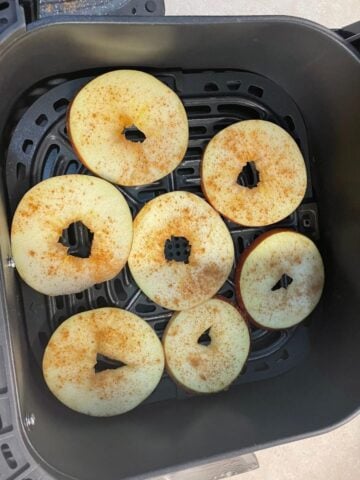
Leave a Reply